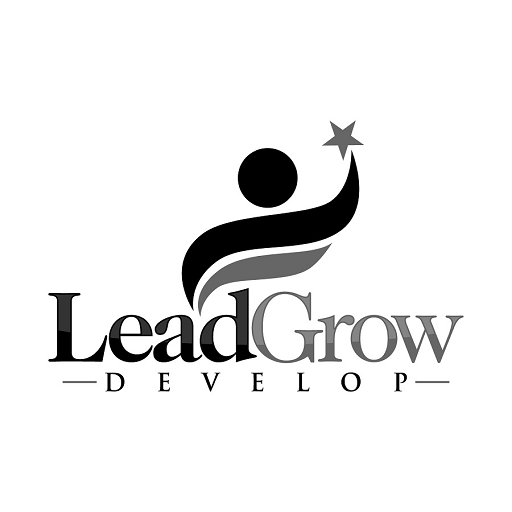Most of us have been there: you send your marketing copy or business-related documents to a translation company, confident that your message is airtight, only to get something that feels completely off. The words might be correct, but the meaning…not so much! Such issues are likely to occur if you don’t prepare beforehand.
To ensure that your copy communicates effectively across languages, you must consider clear copywriting from the get-go. It’s about being proactive with your translation team and ensuring they’re equipped to deliver the message exactly as you intend.
Today, with the help of some of the world’s leading professional translators, we’re looking at the factors that can directly influence the reliability of your translations and cultural suitability. Ready to learn how to make your words work, no matter the language? Let’s explore that below.
5 Tips to Perfect Your Business and Marketing Translations
For businesses trying to make a global impact, clarity is everything. So, when working with a translation company, you must make sure your message doesn’t get unintentionally altered somewhere along the translation process.
To understand these nuances and factors in more depth, we’ve contacted professional translators from Translation Services 24, which is the UK’s leading agency specialising in business translations for some of the world’s leading brands. This gave us the opportunity to speak with some of the most experienced translators in the game,
Here are some tips to keep your translation game strong and your copy sharp.
Simplify Your Message for Clear Communication
The simpler your message, the easier it is to get it right (whether it’s in your language or someone else’s). So, when drafting copy, aim for straightforward, no-nonsense language. Avoid getting lost in idioms or any clever turns of phrases that might sound great in your language but are clumsy when translated.
Take the phrase “a needle in a haystack.” It can lead to a real lost-in-translation moment. Someone reading your message in a different language might end up picturing an actual needle surrounded by hay. Not the clarity you’re going for, right? Now, we’re not saying you should dumb down all your content. The thing is, some industries, like tech or law, demand specialised language.
Ideally, work with professional translation services that know the ins and outs of your field. They’ll help make sure your complex concepts stay clear without losing their meaning across languages.
Choose Clarity by Writing in the Active Voice
When you write in the active voice, you give your message a direct shot across the bow. It’s a straightforward way to keep things moving without all the passive baggage slowing you down.
Now, why is this important when translating? Simple: the more you keep your sentences sharp, the less room there is for misinterpretation. Active voice helps translators see precisely who’s doing what, which means fewer opportunities for mistakes.
For instance, consider you’re writing about a team at work. Saying “The team launched the campaign” gives us a clear subject (the team) and action (launched). But if you go passive with “The campaign was launched by the team,” you’ve just thrown in an extra layer of fluff. It’s not wrong, but it sure isn’t as crisp! Clear communication is absolutely key in business!
Active voice also keeps your readers engaged. Think about an ad copy: “We’ve redesigned your favourite trainers to give you all-day comfort” versus “Your favourite trainers were redesigned to give you all-day comfort.” The first is dynamic, and the second… well, let’s just say it’s less likely to make you click “buy.” So, next time you’re drafting, keep your sentences active and your message on point.
Say What You Mean
Ambiguity might seem like a good way to sound sophisticated, but it’s the quickest way to muddy the waters when translating. When you leave room for interpretation, you risk your translator guessing what you meant, and let’s face it, guesswork rarely hits the mark.
Take, for example, writing, “The product has potential.” While this might sound safe and diplomatic in English, in another language, it could be translated to something like “The product is not quite there yet,” which completely changes the meaning.
If you’re intentionally being vague, for whatever reason, make sure you leave your translator in the loop. A simple note can help guide them on how to approach the message, whether it’s to keep it neutral or inject a little more optimism. But generally, straightforward writing is the key to avoiding these pitfalls.
Consistency Is Key
Say you’re reading a brochure for a new tech product, and one page calls it a “gadget,” the next refers to it as a “device,” and by the third page, it’s a “tool.” What does this even mean anymore? Constantly switching terms like this can seriously complicate things for your translator. And when your translator’s confused, that’s when mistakes creep in.
Take something like “car.” In some places, it’s just a car. In others, it’s an “automobile,” and suddenly, we’re in a whole new set of terms.
Or think about the word “biscuit.” In the U.S., it’s a fluffy side dish at breakfast, but in the UK, it’s what Americans call a cookie. When you’re dealing with words that have multiple meanings or regional variations, consistency matters.
To avoid this, be intentional about your language. If you’re working with a translator, make sure you’re clear on what term you mean. This will make the whole translation process smoother without any messy mix-ups.
Collaborate on Tone and Style Guidelines
When it comes to marketing translations, getting your tone right cannot be emphasised enough. That’s because what sounds casual in one language can come off as maybe formal in another. Worse, what’s meant to be professional could sound too laid-back, which might give the wrong impression entirely. That’s why collaborating with your translator on tone and style is a must.
If you’re writing an upbeat marketing campaign, your translator should know that. Otherwise, your lively “exciting launch” might accidentally become a melancholic announcement in a different language. So, be sure to provide clear guidelines on how you want your message to come across. Do you want to keep things friendly, formal, or anything in between? Also, don’t assume they’ll “get” it from your tone alone. Some languages have subtleties you might not even notice, so be specific.
Conclusion
When you’re working with a company that provides professional translation services, it’s easy to assume that your message will magically cross language barriers. But as any seasoned marketer knows, clear marketing translations require context and the intent behind the words. Without proper collaboration, your brand could end up speaking a language no one understands.
So, the next time you send your copy over for translation, take a moment to simplify your message and keep the conversation open with your translation provider. After all, translation is a team effort. When you align on clarity, your message will make the global impact you want it to.

